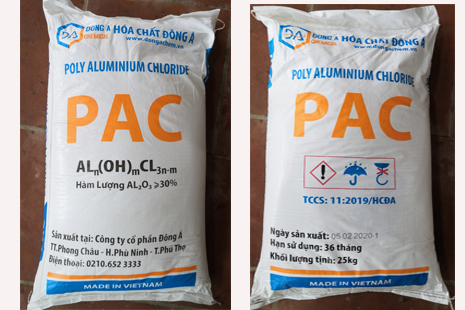To make wastewater acceptable to release into the environment, color and other contaminants must be removed. This process is known as wastewater decolorization. Decolorization can be done in a variety of ways, including chemically and biologically. Chemical techniques, however, are more often employed because of their efficiency and accessibility.
What makes decolorization crucial?
Pollutants found in wastewater include pigments, dyes, and other organic substances. If these substances are not managed appropriately, they may result in significant environmental issues. For instance, if wastewater containing these substances is discharged into water bodies, it may result in eutrophication, which promotes the growth of undesirable organisms like algae. These pollutants may be eliminated with the aid of ordinary wastewater decolorization agents, which also render wastewater safe for release.
Chemicals to decolorize common wastewater
Numerous typical compounds are used in wastewater treatment to remove color. Let's look at some of the more popular ones.
Activated carbon
In the process of treating wastewater, activated carbon is a common decolorizing agent. It is a powerful adsorbent that may purge wastewater of organic contaminants. There are several various kinds of activated carbon, including granular and powder forms.
Polyaluminum Chloride (PAC)
Another chemical that is frequently utilized in the treatment of wastewater is PAC. It is a powerful coagulant that may clean wastewater of pollutants and suspended particles. Wastewater color can also be removed using PACs.

Iron chloride
Strong coagulant iron chloride may efficiently remove contaminants and color from wastewater. It is extensively utilized in the treatment of industrial effluent, particularly in the paper and textile industries.
Hydrogen Peroxide
Strong oxidants like hydrogen peroxide may efficiently eliminate color and organic contaminants from wastewater. Additionally, it is employed to eliminate wastewater smells.
Sodium Hypochlorite
Strong oxidants like sodium hypochlorite may efficiently remove color and other contaminants from wastewater. It is frequently employed in the treatment of municipal wastewater.
How do I pick the best decolorizing agent?
The kind of wastewater, the amount of contaminants, and the needed treatment efficiency all play a role in selecting the proper decolorizing chemical. Here are a few things to think about while selecting the best decolorizing agent.
Wastewater Type: Various wastewater types call for various decolorizing agents. For instance, different decolorizing agents may be needed for effluent from the textile sector compared to wastewater from the food industry.
Contaminant Level: Choosing a decolorizing chemical might also be influenced by the amount of pollutants in the effluent. Stronger decolorizing agents can be required for wastewater with a high contaminant level.
Required treatment effectiveness: This is a crucial consideration when picking the best decolorizing agent. Stronger decolorizing chemicals may be necessary if a high level of treatment efficacy is desired